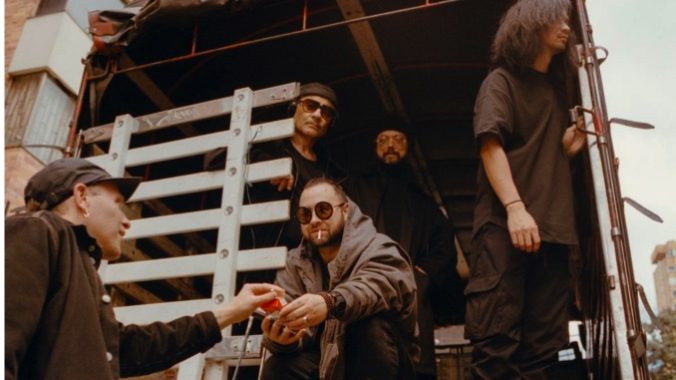Unknown Mortal Orchestra Has Mastered the Use of Space and Sound on Album Number V.
The double-album is half composed of groovy, funk instrumentals and half of sun-kissed melodies.
Photo by Juan Ortiz Arenas
Portland-based psych-rock band Unknown Mortal Orchestra has mastered the use of space and sound in their lofi genre. Their mix of wah-wah pedals, reverb, groovy syncopation and stripped-down production led to the commercial and critical success of Unknown Mortal Orchestra and II. Hawaiian-New Zealander Ruban Neilson released his first track, “Ffunny friends,” on an anonymous Bandcamp profile in 2010. In lieu of being slightly scared of potential pushback from The Mint Chicks fans, Neilson remained anonymous until the single demanded the name of the author who created such a tune. Unknown Mortal Orchestra was no longer unknown.
UMO’s V was made by a well-established group of artists looking to embark on a journey to test their own creative liberties. The double-album is half composed of groovy, funk instrumentals and half of sun-kissed melodies. It’s a bit of a contrast to the band’s last record Sex & Food. The 2019 record displayed characteristics of frantic psych-rock, remnants of folk, R&B influence, as well as a dizzying cluster of bleak introspection. Although the band will never loosen its grip on psychedelia, the reliance on pedals is dialed down.
V was recorded in both Palm Springs and Hawai’i with his brother Kody Neilson and longtime band member Jacob Portrait. The records also features Neilson’s father playing saxophone and flute. It’s obvious how much influence both locations have over the Hapa-haole (“half-white”) record, quite literally representing Neilson’s ethnic background as half Hawai’ian and half Kiwi. The tracks were also heavily influenced by ’70s AM radio rock with “Messugah” and ’80s pop with “Weekend Run.”
-

-

-

-

-

-

-

-

-

-

-

-

-

-

-

-

-

-

-

-

-

-

-

-

-

-

-

-

-

-

-

-

-

-

-

-

-

-

-

-








































